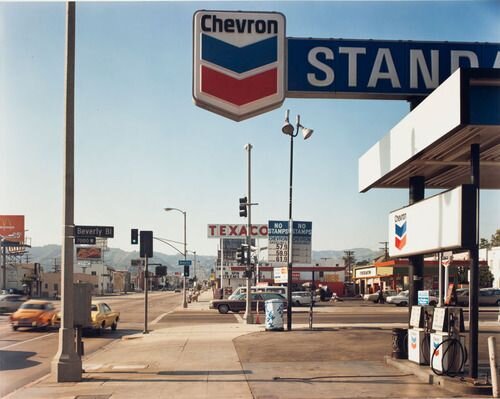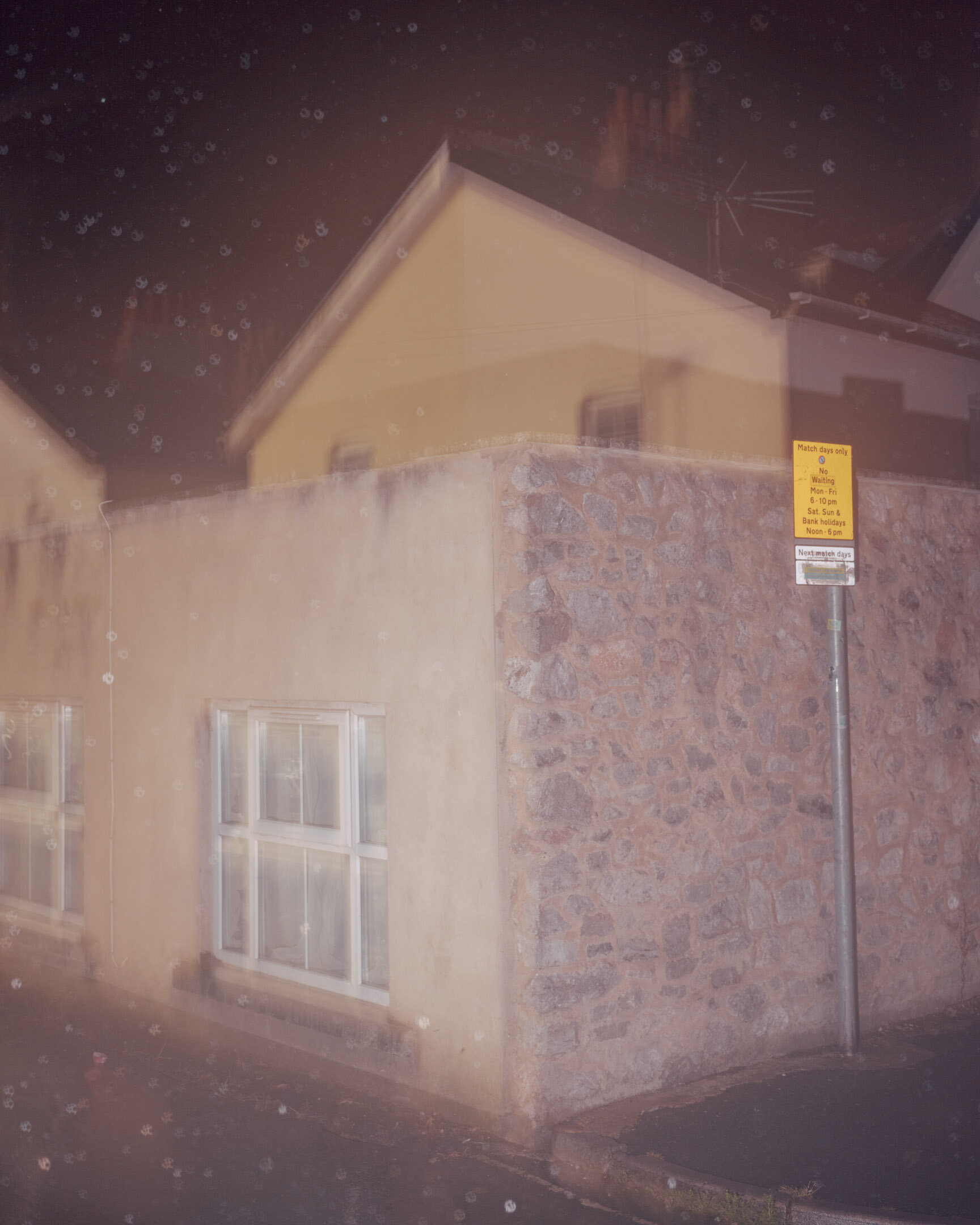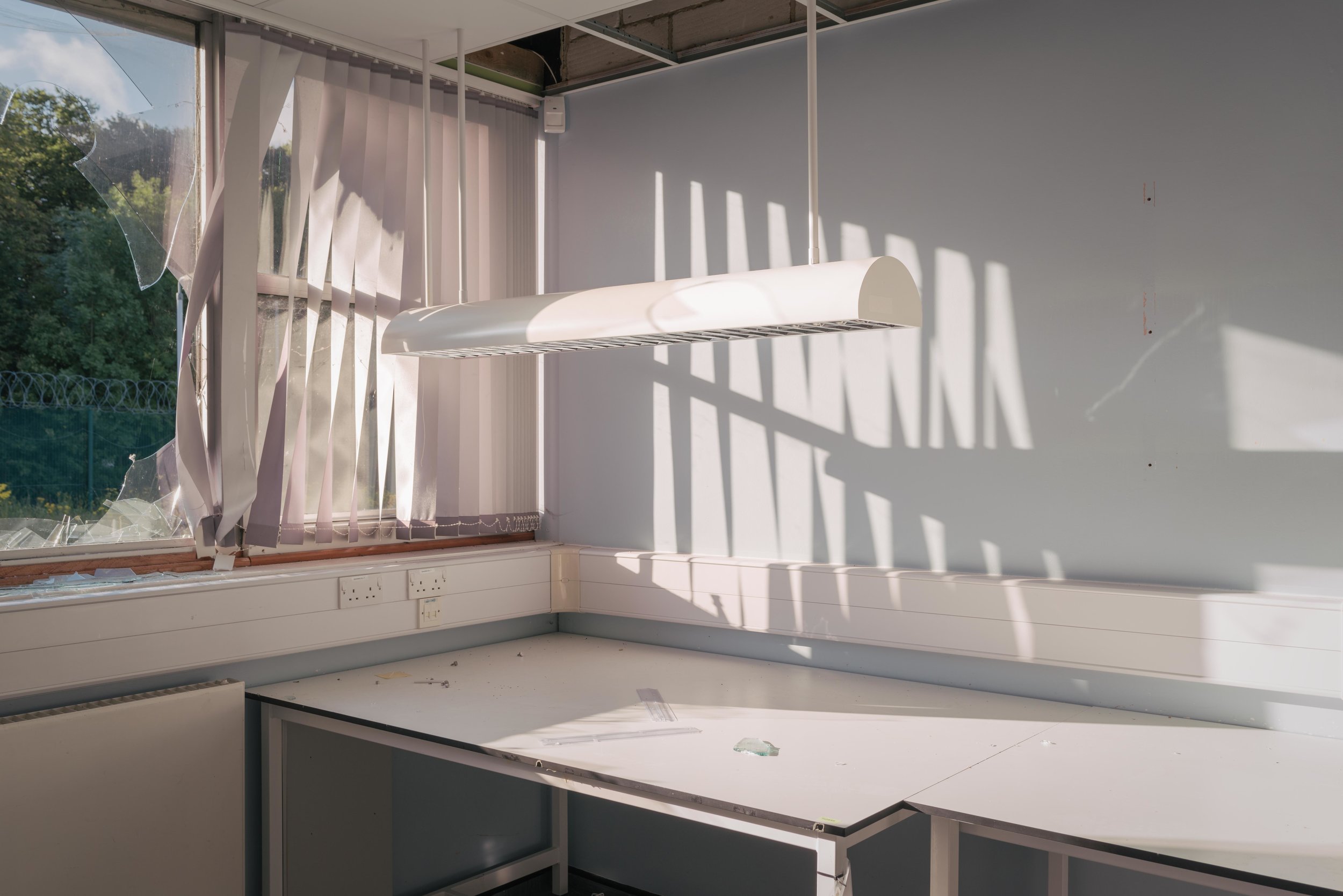It’s a clear-cut-clickety-click-bait title, but I’m not sorry about it as I don’t think it contains even a nanogram of hyperbole. There has been multiple megatons of guff released into the atmosphere about NFTs, and the misinformation keeps being echoed and amplified. I’ve read that to mint an NFT will waste the same electricity as it takes to power a household for 3 months, a year, two years. You decide. Crypto will lead to the oceans boiling, and eventually cause your hair to melt into a protein skull cap (I made that last one up, let's see if it starts doing the rounds… #legohair). Apologies for being flippant, but there’s clearly some significant levels of BS being shovelled around here and I’d rather laugh than cry. Whilst doing so, I hope to give you some clean signal to cut through all the noise. I genuinely hope you’ll change your mind about NFTs after reading this… unless you already know what’s coming.
Full disclosure, I have no skin in the game (yet). I’m not invested in any NFT projects, I don’t own any and neither have I minted any (yet). I’m just standing on the sidelines for a little, waiting for the mania to settle, and work out where the best platform is going to be for me to sell my art.
It seems that many folk are misunderstanding the use-cases of NFTs, even those who grasp the complexities of the crypto space. After 4 or 5 months of daily research, there is still so much about the industry that I am yet to comprehend. My point being is that reading a handful of biased articles (this one included) and irrevocably making up your mind isn’t exactly due diligence. It is also too easy to find articles that align with your confirmation bias. DYOR, but please conduct it with caution and an open mind. Off the bat, a common misconception is that NFTs can only represent digital files. If that was it and all about it, I wouldn’t be writing this piece. People didn’t get the point of text messages or emails when they first appeared, but I believe NFTs will be as ubiquitous as both of those applications in the relatively near future. I see a world where ownership of cars, homes, designer goods, tickets etc. will all be verifiable via NFTs and the blockchain. Ticket-touts and knock-off merchants will not be best pleased.
Should you wish to invest in property for example, but don’t have a spare £150k bobbing around to buy an AirBnB apartment, you could buy a fraction of the holiday let with, say £1000, and the smart contract would automatically send you your portion of the rental income, whilst forwarding the management company their dues. It will all happen without you needing to lift a finger as it’s written into the NFT smart contract. Clever stuff. Another arena where NFTs are gaining traction is within the music industry. It has been bought to its knees over the last couple of decades due to digital file stealing sharing and streaming platforms have often left emerging artists out in the cold. NFTs provide a way for artists to release an album directly from their stable that can have unique features embedded such as interviews, videos, alternative artworks etc. Some are even selling a percentage of their copyright within the NFT, with claims that they could spell the end of record labels as we know them. Whilst that may be a little far-fetched at this stage, anything that redirects profits from music industry moguls, instead flowing directly into the pockets of the artists is a positive in my mind. The same concepts can be applied within the art industry, and you won’t need third parties to gatekeep you unleashing your vision on the world. It’s a further step in the right direction towards the democratisation of our art. NFTs are simply another way to connect personally with your fans whilst providing an additional income stream for you to keep creating your work. They don’t need to cost $69M either.
The main criticism of NFTs we need to discuss is, you guessed it, power consumption. There has frankly been too much uninformed or poorly researched angst bleeding in the streets about this. Its upsetting for so many reasons, with the infighting between artists of primary concern. Let’s face it, if we’re scrapping amongst ourselves, these are pitch-black days indeed. Of course we’re not droids and we all need to form our own opinions on, well, everything, but I’m sure we can all agree on some fundamentals such as any form of discrimination is bad, causing intentional harm to others is wrong, and doing our upmost to preserve our wonderful planet is the only way forward. Please understand that any environmental concerns linked to NFTs should be resolved this year or 2022 at the latest. If that’s still not good enough for you, it’s possible to mint ‘environmentally friendly’ NFTs today. You probably didn’t hear those statements coming from the anti-NFT police; after all it doesn’t fit the narrative. The single source of all of this alarm appears to be from cryptoart.wtf… it’s virtually the only reference cited in every article that I’ve read, and on the rare occasion there is a second reference, their vicarious outrage stems from cryptoart.wtf. Wtf? Having spent some significant time in academia, this kind of intellectual rigour would’ve got me kicked out before the end of freshers week. The cryptoart.wtf site has since been taken down and the author even admitting to intentional bias and significant inaccuracies with the calculations. Wt actual f? Just by zooming out for a moment and thinking logically about the figures, the calculations are clearly flawed. Even examination of the lowest estimations doesn’t hold up under scrutiny: three months worth of electricity for a household is, what, £300 ($400) absolute minimum? The fee that you pay the miner for the creation of your NFT, called gas, is usually somewhere between £5 - £50, but the higher figures are purely down to recent congestion in the system and paying more prioritises your transaction in the queue. Before the current bull market started at the end of 2020, I understand that £5- £10 was the norm. I’d love it if my household electricity bill cost me anywhere between £20 - £200 per annum. Perhaps the more sensible explanation for the cryptoart.wft figures are that the miners are, in fact philanthropist fairies and will perhaps soon offer to pay for your household electricity too?
Let's look at the reasons why NFTs are cleaning up their act. The huge majority of NFTs run on a network called Ethereum, the second largest cryptocurrency behind Bitcoin. Calling it a currency is a little misleading as it’s really a ‘smart contract’ network. As already noted, you can programme the tokens to represent virtually anything, either digital or physical. Ethereum has also firmly set its sights on becoming the base-layer of an improved decentralised un-mutable internet, but that discussion is for another day. As it stands the network uses an energy-intensive system called Proof of Work (PoW) to verify transactions but, as mentioned, this will be upgrading to a system that is 99.98% more efficient, called Proof of Stake (PoS). Whilst some have criticised that this transition has been promised for years, the PoS beacon chain was finally launched in Dec 20 and is currently undergoing the rigorous testing needing before it can be unleashed upon the masses. The completion of this upgrade is under competitive pressure from other PoS smart contract platforms such as Cardano, Polkadot and others. Ethereum has the advantage of being the first mover in the game, with it being the leading fully operational network, whilst the others mentioned are nearing completion in the coming months. This competition can only be a good thing for the end user and the environment, as it incentivises rapid innovation within the space. It also gives us a choice of which network to use to mint our NFTs. Double win.
Another important step forward for Ethereum is the reduction of gas fees from Layer 2 scaling. The Ethereum network is Layer 1, the base layer, with apps being built on Layer 2. It's the same idea as IP / HTTP / DNS being some of the base protocols for the internet, and Google or Facebook the applications functioning on top of them. These Layer 2 apps are starting to be launched today, with Immutable X being the first, and many more due to arrive by the Summer. These apps reduce the cost associated with minting NFTs to pennies. This will also guarantee those cryptoart.wtf figures continue to look completely and utterly ridiculous.
A common counter-argument for the adoption of NFTs today is that they are ‘environmentally damaging’ right now, and that when the network is running on PoS they will be given the moral green light. Again, we need to make our own choices here, and I’ll examine the PoW power consumption discussion in more depth below. However, if I told you there would be a totally green solution to flying within a year or two (there isn’t), would you stop taking flights until then? A tiny minority might, but the huge majority already have indelible blood on their hands. Why is catching a plane, having gold jewellery, upgrading your phone or playing computer games not garnering such collective fury? Whilst clearly employing a heavy dash of ‘whataboutery’ here, I think context is everything for these discussions as the concepts and figures being banded around are either too abstract to quantify (serious question - is a ton of CO2 a lot or not?), demonstrably false or both. That, and it’s convenient to ignore the ecologically damaging activities that we all willingly engage in, but choose to attack the pursuits of others that we don’t wish to understand. As a photographer, the chemicals used in developing film are horrendous for the environment, as are the processes involved in the construction of a digital camera. The bitter pill we all need to swallow is that Humans are bad for the World, and there’s a good chance we’ll end up wiping ourselves out. Personally, I feel comforted by the knowledge that the Earth will survive our malignant growth long after we, as a species, are gone. Until then, collectively we can and will improve. We have no choice.
Further dung flung at the current NFT mania has been that it is some kind of hyper-capitalism vehicle. There is no doubt in my mind that $69M paid for the Beeple piece is a smidge over it’s market value. We are definitely in the midst of a shit-art bubble, but there’s always been more bad art than good out there, and that will never change simply because we all have such varied palates. The hyper-capitalism argument falls short when you understand that the prices in crypto go down as well as up… and when I say down, the Ethereum price (relative to fiat currency) tanked 94% from the peak of the last bull market. Make hay whilst the sun shines. I actually like the idea that your work varies in fiat price depending on where you are in the crypto seasons. It challenges ideas of ‘worth’ as it’s such a contrarian system to the one we are used to. It also means you can grab a bargain in the crypto ‘Winters’. Further it makes a mockery of the notion that NFTs are just one big money launderette. Great way to store your ill-gotten gains if this time next year it’s worth 90% less than today. Why on earth you’d convert your untraceable fiat into crypto to store it on a public ledger that is visible forever is beyond me too. I can see in the early days of crypto it would’ve been an appealing proposition, but the modern-day on-chain analytics on display to the World and his Wife truly make it a low bar IQ test for naughty people.
Before I wrap up this discussion I want to dig a little deeper into the power consumption alarm surrounding the crypto space. NFTs will soon be gleefully skipping away from this arena, and many other tokens do not employ PoW, so really we’re talking about Bitcoin (BTC). The first thing to mention is if you don’t get why we need Bitcoin then you’re unlikely to ever change your mind. All I can say is that the inflationary financial model that we use has been keeping you and I ‘poor’ and increasing the wealth divide for decades. More importantly the money supply in many countries have taken a deeply concerning acceleration since the start of the pandemic. I discussed this in more depth in a previous blog post, but I’ll reiterate the energy expenditure considerations here. The BTC miners need to find the cheapest current available on the planet to make the process viable, and are in a unique position to place themselves in the most remote locations on the planet in order to do so. They utilise the energy that is stranded and / or wasted simply because electricity doesn’t travel well. With this in mind, the power stations that provide you and I with our electricity need to over-produce energy or we would experience black-outs on a regular basis. Again, in step those miners to siphon off the excesses that would previously have been squandered. You won’t read this in any mainstream media articles as they need to pluck at your anger to sell you their angle. The misinformation being passed on as facts are a journalistic tragicomedy, but I suppose they need to punt their slant out before the daily deadline closes. I’ll say it again, I’ve been researching this stuff for months and I’m only just getting to grips with a small fraction of the projects and concepts out there. Regrettably, this fear mongering has been repeatedly regurgitated for years, with claims such as Bitcoin mining will consume all of the Worlds power by 2020. Right-oh! Bitcoins power hungry nature is its worst trait, of that there is no doubt, but the picture is far more nuanced than the headlines will have you believe. With that being said, these articles will help drive a positive change in the industry and some believe that BTC will expedite the adoption of renewables Worldwide. When, not if, BTC goes all in on green (because it bloody has to, there is no choice), there will be no conceivable reason left to not get involved… unless you prefer the current inflationary fiat system. I foresee in the near future a start-up (“Green Mining Co” anyone?) gaining traction, selling their freshly mined grass-fed BTC directly to niche customers at a premium price. This in turn will lead to copycats with the process growing exponentially driving one corner of a greener market. Just yesterday, Joe Biden announced positive steps towards carbon-free power creation, which further underscores the obligation of miners to fall in line, and soon.
Whilst I understand that there is a sliver of optimistic rune-reading here, the anti-crypto brigade more than counterbalance these prophecies with their blinkered negativity. Of course, there is a chance that none of this may come to pass… good ideas don’t always stick, and some of the damage caused by the crytoart.wtf genie cannot be put back in the bottle. It is pretty much all speculation atm as the tech is in its infancy, and that is part of the risk you take if you choose to get involved. If you ignore what is being said on both sides of the argument, and take a look at the rails being built by some of the biggest players in the game, that should tell you all you need to know about the likely future of cryptocurrencies and NFTs. Should you decide to punt for one NFT platform like Rarible, the next Instagram may turn out to be OpenSea. It’s the Dot.com-era all over again. For now I’m sat on the sidelines, chucking popcorn down my oesophagus like I’m at the flicks watching Thriller… but I don’t think it’ll be long before I FOMO on in.






















































